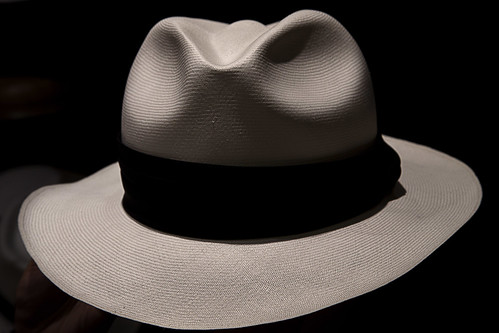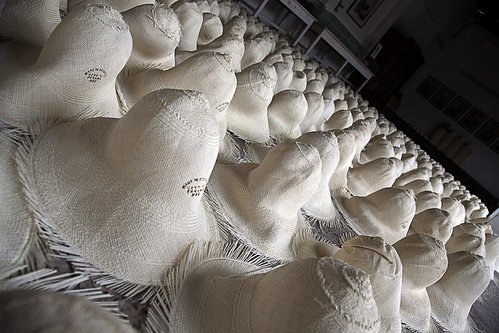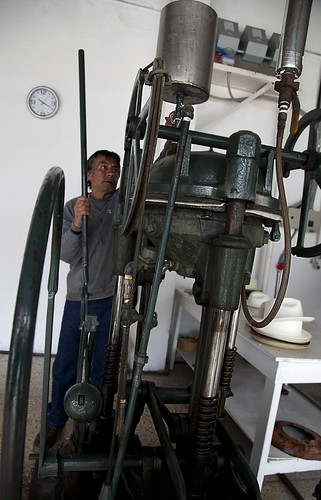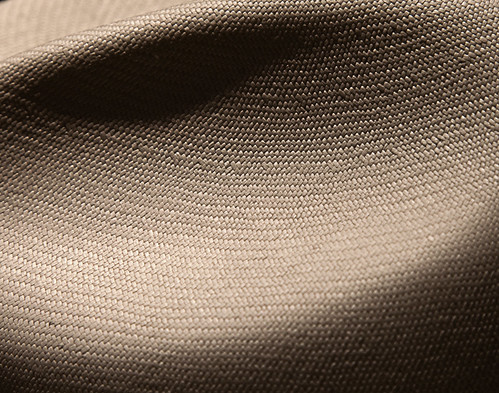 |
| A $2,000 Panama hat |
"Tie break," the landlord says... you could cut the tension with a knife. "Universally Challenged 14. Norfolk in Chance 14."
Everybody takes a deep breath. Both teams need to nominate a champion, an intellectual gladiator to do battle, winner takes all (which in this case is £25 and a round of beers). The two champions take a nervous step towards the centre of the ring. The landlord taps his microphone for attention. First correct answer wins.
"Where are Panama hats made?"
"Bloody Panama, isn't it?"
 |
| Made in Ecuador |
Cuenca is the home of the Panama hat industry. In the villages and communities surrounding the city Indian women still weave the intricate hats from their own homes. It's a real cottage industry.
The reeds needed for the production come from lower down, in the sub-Tropical areas of Ecuador and are taken to the highlands where generations of women have handed down the skill, mother to daughter. To say it's a fiddle is an understatement. Even the very cheapest hats have a weave more intricate than a bird's nest. The most expensive hats, which can sell for well over $2,000 and take up to eight months to complete, are so tightly meshed they form a solid wall of reed capable of blocking out the sunlight.
Homero Ortega is one of the largest factories in town and offers a tour of its facilities. It's all free and the propaganda is thankfully delivered by the teaspoon rather than the shovel load.
When the hats arrive to the factory they have no shape at all and look more like the classic Mexican sombrero. They have all been branded with the Homero Ortega stamp. Buyers from the factory visit the community and choose the raw hats. Every craftswoman produces her own quality of hat, and the finer the mesh the more value it has.
 |
| How the hats arrive to the factory |
The next stage is to wash and dye the hats. The classic hat is white, but these days you can get your bespoke hat in every colour of the rainbow. The girl who was taking us on the tour had a neon pink hat... it's simply not cricket.
The hats are steam pressed by a gang of men using antique machines, some from the 1920s... I guess there was no need to update the machines - it's just steam and a heavy weight.
 |
| Watch your fingers! There's no emergency stop button on this brute |
The finishing touches are added by women in the sewing room. One of the jobs is to attach the famous black band around the base of the Panama hat. I had never realised but the size of the hat can be varied considerably by loosening or tightening the band, which is held in place with a pin.
Of course, you exit through the gift shop and in this case it's not rubbers, pens and little fluffy toys - it's wall to wall Panama hats. The temptation proved a bit too great for me. It certainly wasn't a necessary purchase, I already own a Panama hat (a present from Sam on my 30th birthday). It was always a little tight and it says produced in England on the inside, so I could argue there's some room for improvement.
 |
| It's amazing to think the human hand can create a weave this intricate... it takes eight months and will cost you $2,000 |
In Brussels they were very sensitive about their great culinary invention (the thrice-fried chip) being known to the international market as "the French fry". It's a similar story in Cuenca with the Panama hat. During the tour of the Homero Ortega factory they insisted on calling the Panama hat, the Cuenca hat. They're idiots, of course. The Panama hat is one of the most recognisable brands in the hotly contested hat industry. So what if it's not named after the city where it's made? If I called this blog entry the Cuenca hat then nobody would know what the hell I was talking about. And for the record, Stilton cheese isn't made in Stilton either - but do you hear the folks of Melton Mowbray banging on about it?

My Panama hat says Made in England, woven in Ecuador.
ReplyDeletefantastic enjoyment studying ones submit. the loaded within details when i seeking AS WELL AS my spouse and i enjoy submit an comment that will "The content material of one's submit is awesome" wonderful function. PERFECTPANAMAHAT
ReplyDeleteLive CockFighting Baccarat Betting in Indonesia. The cocks are grown specifically to fight to make them aggressive by crows. Enjoy your great time at.
ReplyDeletesabung ayam
judi sabung ayam
agen sabung ayam online
sabung ayam s128
bolavita s128
s128
WA : +62812-2222-995